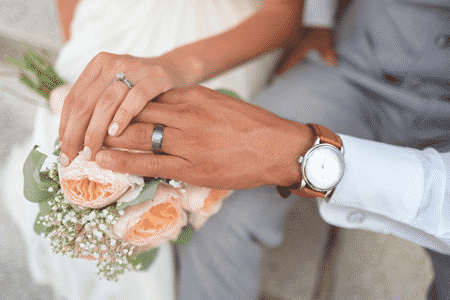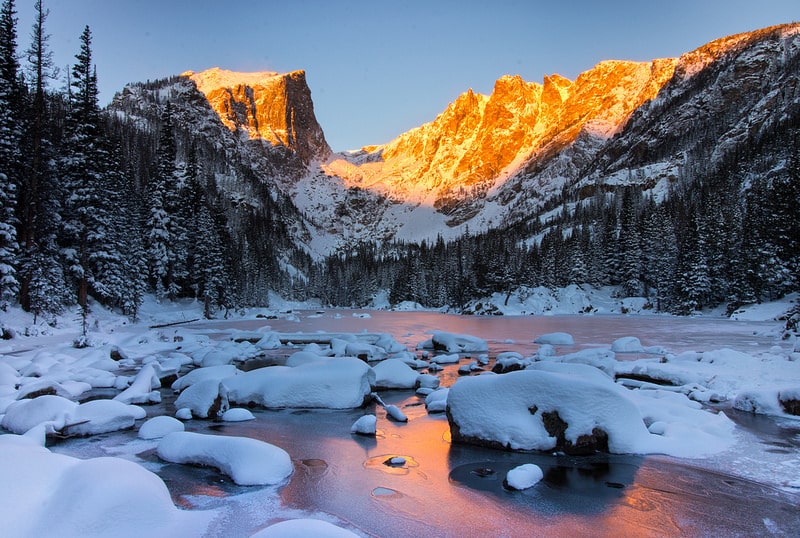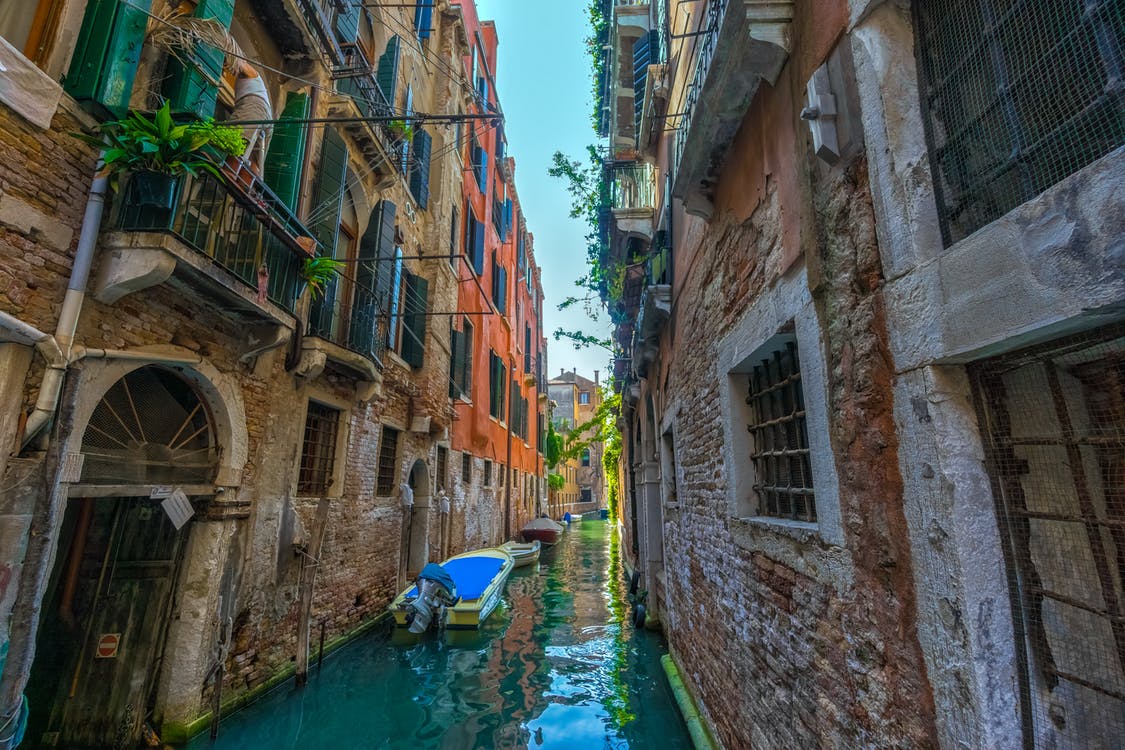Are you trying to figure out what sports lens has the features that are best to pair with your Sony camera?
From our experience and extensive research these are the best sport lenses that are compatible with your Sony E-Mount camera.
Table of Contents
ToggleSummary of the 5 Best Sony Lenses for Sports/Action
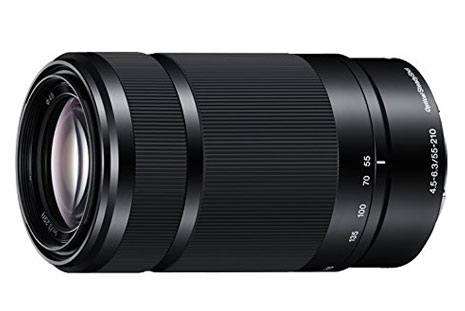
Sony 55-210mm f/4.5-6.3
Cheap and lightweight telephoto for outdoor action and sports
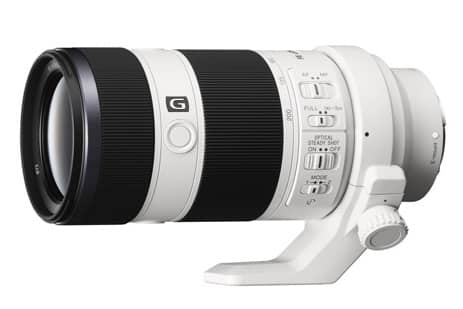
Sony 70-200mm f/4 G OSS
Quick auto focus and top-notch image quality
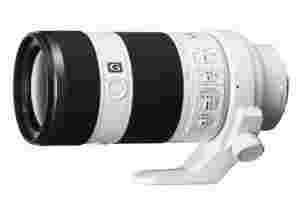
Sony 70-200mm f/2.8 GM OSS
Better for low light shooting: indoor sports and events
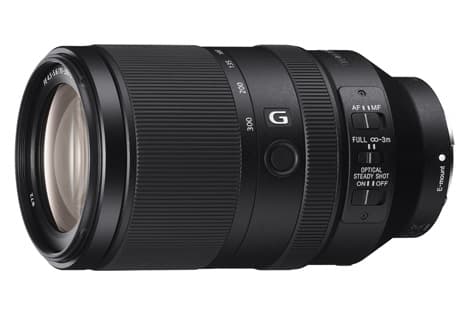
Sony 70-300mm f/4.5-5.6 G OSS
Longer length that's great for outdoor sports and animals
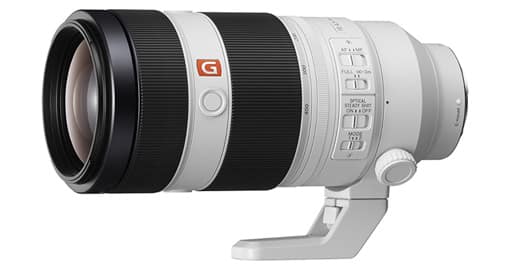
Sony 100-400mm f/4.5-5.6 GM OSS
Very quick, silent and precise with huge reach
For helpful tips and detailed reviews on each of these lenses continue reading.
Important Features to Consider in your Decision
If you’re shooting indoors, you need to freeze the action by selecting a fast shutter speed, but you’re often limited by the low amount of light available. Most lenses don’t have apertures big enough to let in more light so you’re left with raising the ISO speed and this doesn’t always look good on every camera.
For outside sports, it’s a lot easier since the sun provides plenty of light. Shooting with shutter speeds over 1/250 is not a challenge, even if the lens you use has an aperture of f/5.6. For reference, many professional sports photographers will try and use a 1/1000 shutter speed.
What are the best Sony sport lenses?
Chances are, you won’t only shoot sports, so before buying a Sony spots lens you should consider what else you want to shoot with it. Perhaps it’s animals, races, wildlife, portraits or anything far away.
Shooting inside most of the time? Invest in a good zoom with a big aperture (f/2.8) or a good prime lens that can go as big as f/1.4. Every bit of light helps indoors! Alternatively, you can also use any of the zooms with smaller apertures but you will have to raise the ISO speed if there’s not enough light.
Below, we share our top picks for the best Sony lenses for sports photography. The ones that we feel give you the most for your money in terms of optical quality, focal length and focusing speed. This is for E-mount cameras, the A6, A7 and A9 series.
Detailed Reviews
Best Sony Lenses for Sports in 2022
If you decide to buy anything after clicking on our Amazon links, you automatically support us. It’s what allows us to write guides such as this one.
1. Sony 55-210mm f/4.5-6.3 OSS
Want a cheap and lightweight telephoto for outdoor action, sports and races? The Sony 55-210mm f/4.5-6.3 OSS is your best option.
Quality is quite good, although at 210mm the lens tends to produce a little soft results. Given the price though, it’s your most affordable way of getting into telephoto photography, and is the only inexpensive E mount zoom anyways. Used on any of the A6 models, the 1.5x crop factor makes it an equivalent to a 85-320mm lens. Stopping down to f/8 at 210mm improves the quality quite a lot, but you don’t always have the possibility to do that.
If you like traveling light, the 55-210mm is ideal as it only weighs 12.17 oz (345g). The lens extends as you zoom (typical at this price) and the zoom ring feels very smooth, not too stiff.
You can buy it at Amazon or see more reviews here.
2. Sony 70-200mm f/4 G OSS

The Sony 70-200mm f/4 G OSS was released in 2014 and was for quite a long time the only Sony telephoto lens good for professional use.
Like with every 70-200mm from other brands, Sony delivered. The f/4 versions has very quick auto focus and the image quality is top notch. It’s fairly compact for an 70-200mm zoom, and is much much lighter than the f/2.8 version. It’s also $1200 cheaper too.
The reach is very versatile and perfect for portraits, animals, sports, landscape, concerts and much more. You’ll have to shoot with a higher ISO when indoors, but for the price, quality and relatively compact size, this is the best telephoto available. When zooming or focusing, the lens doesn’t extend or rotate, which is good if you’re using filters. Speaking about it, the diameter for filters is 77mm. Its minimum focus distance is 3.15 feet and it has a 9-blade aperture for getting that beautiful, circle bokeh.
You can buy it at Amazon or see more reviews here.
3. Sony 70-200mm f/2.8 GM OSS

Same zoom capability, but 1 stop bigger aperture. The Sony 70-200mm f/2.8 GM OSS is a lot more expensive, but for certain photographers the advantages are super important.
For indoor sports with bad lighting, having f/2.8 is crucial. It’s also perfect if you’re looking to blur the background, or shoot outside really early/late during the day. You can always raise your ISO speed, but certain models don’t perform as good as others. One aperture bigger may not sound a lot, but that allows you to shoot with (an example) 1/500 instead of 1/250, which is enough to really freeze the motion.
While image quality is very similar with both, the f/2.8 version features 11 vs 9 diaphragm aperture blades, slightly shorter minimum focus distance, bigger magnification (0.25x vs 0.13x). Naturally, its auto focus performance is excellent as well, with silent, fast and precise AF.
Any issues? As you’d expect, it’s heavier and bigger than the f/4 version. It could easily be too heavy if you’re using the A6 and aren’t used to bigger lenses.
The f/2.8 is also a lot more suitable for weddings, concerts or any other indoor activity. If you’re into those types of photography besides sports and wildlife, this is something you should consider if you can’t decide between the 2 versions.
You can buy it at Amazon or see more reviews here.
4. Sony 70-300mm f/4.5-5.6 G OSS

The Sony 70-300mm f/4.5-5.6 G OSS is great for outdoor activities, sports and animals.
Going an extra 100mm further than the f/4 telephoto above, you do lose one aperture stop worth of light as it closes down to f/5.6 at 300mm. However, for outdoor use where you’ll most likely use it anyways, it will be excellent! Combined with the built-in OSS and good ISO performance, you don’t have to worry that much when the day gets darker.
For around $1000, you know the image quality better be good, and thanks to 2 x ED elements and 4 x aspherical elements, the aberration control and ghosting are very good. It delivers sharp images with good contrast and colors even when at 300mm. Ghosting is a common issue when shooting at long lengths so the Sony Nano AR coating helps tremendously.
As far as weight is concerned, it’s only a tad heavier than the 70-200mm f/4, but this is a common thing with telephoto lenses.
Auto focus is also quick and capable of focusing on fast moving subjects. There’s no point in a telephoto lens that can’t focus well, even if it’s optically amazing.
You can buy it at Amazon or see more reviews here.
5. Sony 100-400 f/4.5-5.6 GM OSS

The Sony 100-400mm f/4.5-5.6 GM OSS was released in mid-2017 and is a wish come true for many Sony photographers.
With many outdoor sports, you know that you can never have too much focal length. 400mm is a whole different world compared to 300mm and you’ll be able to get even closer to the action. Since this lens is quite expensive, we do recommend you to try something else first if you’re not too sure you even need anything over 300mm.
On APS-C models such as the A6500, the 100-400mm is actually equivalent to a 150-675mm. Talk about length!
Let’s talk about the cool features of the 100-400mm. First, you can adjust how much torque the zoom ring has so you make it faster or slower, depending on your preferences.
The OSS (stabilization) works in 5-axis, it’s got 9 diaphragm blades for smooth background blur and a focus limit button to limit how far away the lens can look for focus.
Speaking about focus, AF is very quick, silent and precise, a must for any wildlife/sport activity. You can definitely count on getting some amazing crisp action shots.
You can buy it at Amazon or see more reviews here.
How to Choose a Lens for Sports Photography?
1. For sports is a 200mm lens enough? 300mm? How much do you need?
For the large majority of sports, 200mm will be more than enough to get either your main subject or the surroundings. If using a zoom like the 70-200mm, you’re also covered for smaller arenas.
If you know you’ll be far away from the action then a 300mm or even 400mm lens would be better (and sometimes even too short!)
One thing you should note is that if you have an APS-C camera (all A6 models) then every lens you put on will act as if it is 1.5x longer due to the crop factor that APS-C sensors have. In reality, this means that a 100mm lens you put on a Sony A6500 will have the same field of view as a 150mm lens on a full frame camera (100mm x 1.5 = 150mm). This is a huge benefit if you want to get as close to your subject without spending a lot of money. Both types of sensors are excellent for sports though.
2. Fast Auto Focus (SSM)
This is a must! With people constantly moving, you want a lens that can focus quickly and accurately.
More expensive Sony lenses have a Driect Drive SSM. These motors have fast and silent auto focusing, along with reliable accuracy to lock your subject with no trouble. In super low light situations you might experience some hunting, but this is normal with 99% lenses out there.
Your DSLR camera and the focusing mode also play a big role. Check out this great video and this article for sports tips and tricks.
3. Tips & Features
OSS (stabilization) is not required since your subjects won’t usually be still, but it will help stabilize the image in your viewfinder when taking a shot. It doesn’t hurt having OSS, but it’s also not a big deal if you get a lens without it.
If you are going to shoot with heavy prime lenses, bring a monopod (check out our guide on best monopods this year) so you won’t get tired after a few seconds of hand holding. Your action shots will be sharper too, especially if shooting indoors on something like basketball or volleyball.
For outdoors photography, like football, baseball, or cricket, we also recommend buying a rain cover just in case the weather gets bad. The majority of lenses below are weather sealed but it’s still a small investment to protect your expensive gear.
If your Sony camera already has built-in 5-axis stabilization, you’ve got nothing to worry about.
Need more than just the lens?
While the right lens is the most important thing to complement your camera, remember that the speed of your memory card is also extremely important. There are a lot of memory card brands out there so it can be a bit overwhelming to figure out which one is compatible with your camera.
We’ve also written guides for other gear you might need for your Sony. Check out our recommendations for accessories and memory cards.
If you need some help finding other gear check out our selection of the best photography accessories.
Find the Perfect Sony Lens
If you’re looking to narrow down the options based on a specific type of photography or if you’re trying to figure out what the best lenses are for a particular Sony camera then check out our simplified guides to finding the best Sony lenses.
Best Sony Lenses For:
First and foremost, I’m a husband and father. Then professionally I’m photographer, designer, blogger, and Esty store owner. My homebase is near the stunning Wasatch mountains in Utah but I love traveling with my family as part of our homeschooling journey. I also love teaching and helping out others. My faith is one of the biggest aspects of my life and brings be a consistent joy that I haven’t found in anything else. My main blog is BestPhotographyGear.com and I strive to make photography simple for anyone looking to learn or find gear for their individual needs. By nature, I like to study, research, and analyze things and I use that help provide the best advice and reviews I can.


